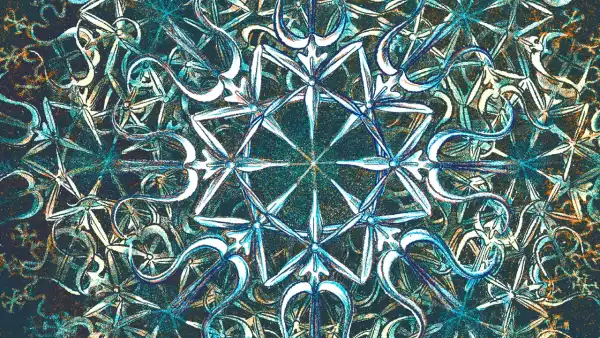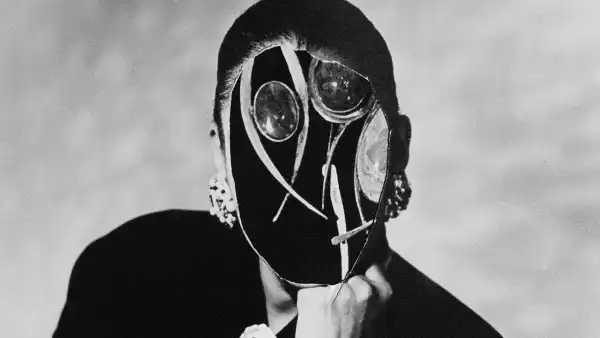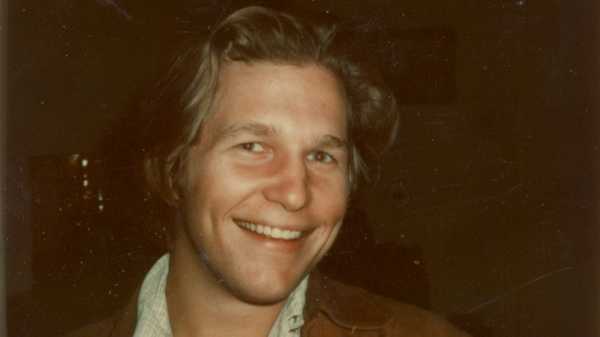
Save this storySave this storySave this storySave this story
Candy Clark came to Hollywood at the dawn of the seventies, a spunky twentysomething who’d fled her conservative Texas home town and taken up modelling in New York. Though she was indifferent to acting, she nabbed a part, as a boxer’s girlfriend, in the John Huston film “Fat City,” plus a movie-star beau—her co-star, Jeff Bridges. She settled into Bridges’s Malibu home but kept a bungalow off Fountain Avenue, close to auditions. She was cast in “American Graffiti,” George Lucas’s second film, about a group of sixties teens on the eve of adulthood, motoring around Modesto, California, on a late-summer night. Clark played Debbie Dunham, a bombshell in a platinum bouffant who hops in a Chevy with a dweeby admirer, looking for adventure. Her castmates included the young Richard Dreyfuss, Harrison Ford, and Ron Howard (billed as Ronny). Without knowing it—no one did, really—she’d landed square in the era that would become known, and much mythologized, as the New Hollywood. Wherever she went, she took her Polaroid camera.
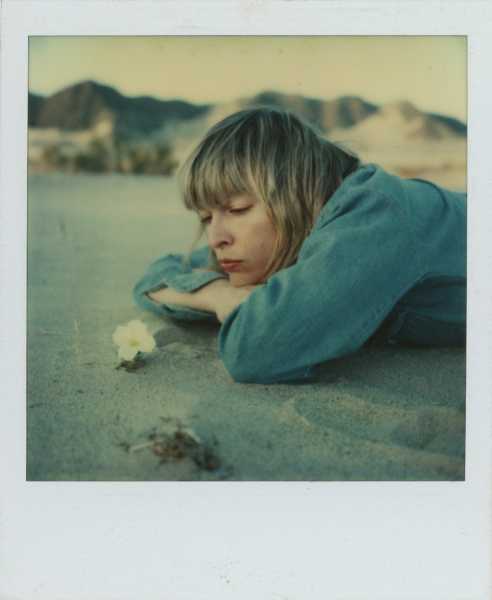
Candy Clark photographed by Ed Ruscha in the desert, circa 1976.Photograph by Ed Ruscha / Courtesy the artist
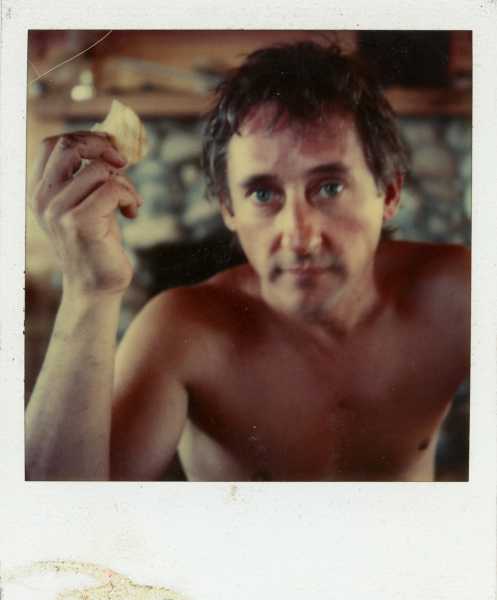
Ed Ruscha.Photograph by Candy Clark
A lifetime later, Clark has released “Tight Heads,” a collection of her Polaroids from the seventies and early eighties. She’d dug them up in a spare bedroom at her house in Los Angeles, at the behest of the writer Sam Sweet, who was interviewing Angelenos for his project All Night Menu and who became the book’s editor and publisher. “Hollywood is a history of men looking at women through cameras,” Sweet writes in his introduction. “Never had the lens been turned on them by the ingénue. Under Candy’s gaze, the swashbuckling icons of Hollywood legend become innocent.” Clark’s closeups of familiar faces—Steven Spielberg, Carrie Fisher, David Bowie—have the tossed-off intimacy of a more freewheeling time, when the parties (and the drugs) were plentiful, and everyone was “just kids.”
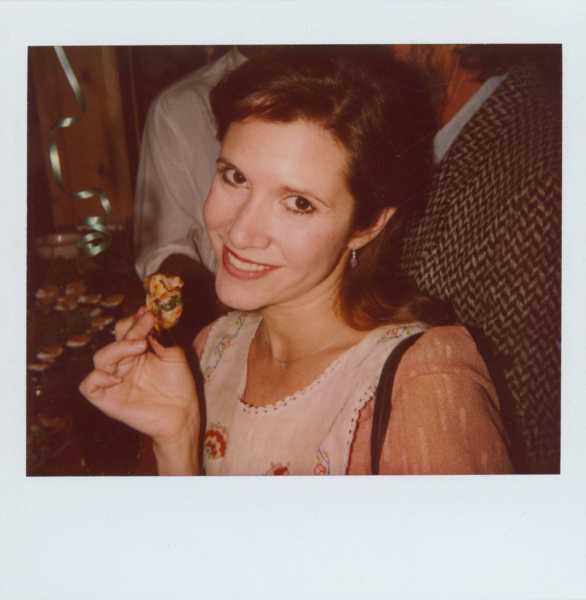
Carrie Fisher.Photograph by Candy Clark

Richard Dreyfuss.Photograph by Candy Clark
“The floating party—you met everyone,” Clark said recently, when I met her for lunch at Smoke House, a Burbank restaurant that’s been around since the forties. We sat in a red-leather banquette, and Clark pulled out an old Polaroid SX-70 photo album. She opened it to a shot of young Candy, lying on a floor with a backgammon board and a bottle of Kahlúa. “Jeff Bridges brought that Kahlúa and milk into ‘The Big Lebowski,’ when he was the Dude,” she said. “He took a lot from our life together.” In “Tight Heads,” each portrait is accompanied by Clark’s breezy, half-remembered impressions of her subjects. Spielberg: “I had a little crush on him but he had no interest. Didn’t even make it to first base.” Dreyfuss: “He had just broken up with a girlfriend prior to doing the movie and spent a lot of time crying in his bed. Not real fun.” Anjelica Huston: “One of those people who are so elegant that you’re always a little intimidated even when they’re being friendly.”
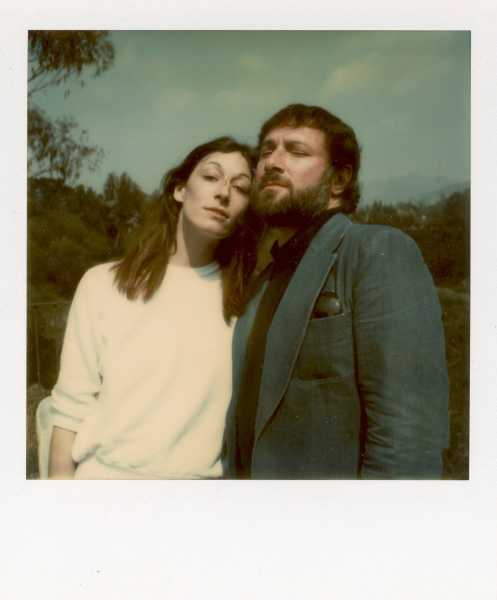
Anjelica Huston (with unknown companion).Photograph by Candy Clark
Clark grew up in Fort Worth, with an alcoholic father and four younger brothers, constrained by poverty and conformity. “You had to be like the next person to be acceptable—or accepted,” she recalled. At nineteen, she and a friend heard that the Dallas Apparel Mart was looking for models. A sales rep there told her, “If you’re ever in New York, look me up.” She bought a one-way ticket on a midnight Pan Am flight. Soon, she was modelling in Seventeen and Glamour. In 1970, she was an extra in a Dustin Hoffman film, “Who Is Harry Kellerman and Why Is He Saying Those Terrible Things About Me?” It was easy money, and it led her to the casting director Fred Roos, who let her sit in on his screen tests for “The Godfather.” “Met Francis Coppola, watched Jimmy Caan do his screen test,” she recalled, nonchalantly. Roos invited her to L.A. to audition for “Fat City,” and she agreed under two conditions: “I want to go to the Academy Awards and Disneyland.” She watched the Oscars from the balcony, through a pair of binoculars. When she tested for the movie, opposite Bridges, it was “love at first sight.”
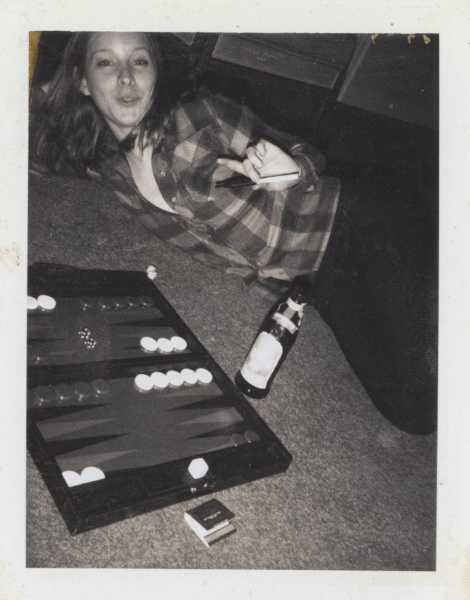
Candy Clark, photographed by Jeff Bridges at his home in Malibu.Photograph by Jeff Bridges / Courtesy the artist
A year later, Clark shot “American Graffiti” in Petaluma, with everyone staying at a hotel, including the “bad boys”: Harrison Ford, Paul Le Mat, and Bo Hopkins. “There was a Holiday Inn revolving sign, and there would be beer bottles on the top of it, so we’d all be gossiping about them and what they did the night before,” she said. In 1974, she was back at the Oscars, this time as a Best Supporting Actress nominee, for “American Graffiti,” wearing a white pleated dress with a turquoise boa and accompanied by Bridges. She lost to a ten-year-old—Tatum O’Neal, for “Paper Moon”—but hadn’t expected to win. By then, Clark was well into her Polaroid habit. “I carried that camera with me, and the reason that I felt I could do that was because of Andy Warhol,” she explained. “He was a superstar, and nobody seemed to mind.” She loved the “magic” moment when the group would huddle around to watch the image appear: “Everybody wanted to see it come up.”
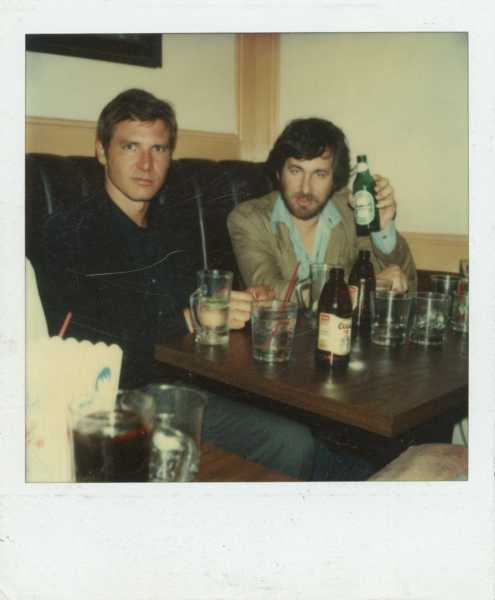
Harrison Ford and Steven Spielberg.Photograph by Candy Clark
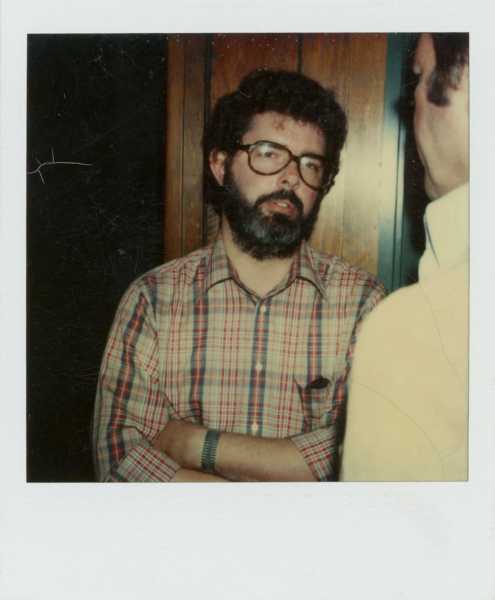
George Lucas.Photograph by Candy Clark
Lunch arrived, and Clark surfed through the album, time-travelling. George Lucas: “Introverted, quiet.” LeVar Burton: “I always felt like he had a crush on me.” Carrie Fisher: “Really witty and quick, and she’s got a little hors d’œuvre of shrimp in her fingers.” There was Bowie, in Nicolas Roeg’s “The Man Who Fell to Earth” (1976), as an alien with pale skin and carrot-colored hair. Clark dated Roeg after Bridges, and he cast her as the woman who introduces Bowie to gin and sex. (Roeg got her hooked on Tanqueray-and-tonics.) There was a shirtless shot of another paramour, the artist Ed Ruscha (“very similar to my personality, but not as chatty”), whom she met at a party. Another showed Tony Sirico, whom she’d met in New York when he was a night-club bouncer, years before playing Paulie Walnuts on “The Sopranos.” “I didn’t know his dream was to be an actor,” Clark said. “In the middle of winter, he’d have white slip-on patent-leather shoes with no socks.”
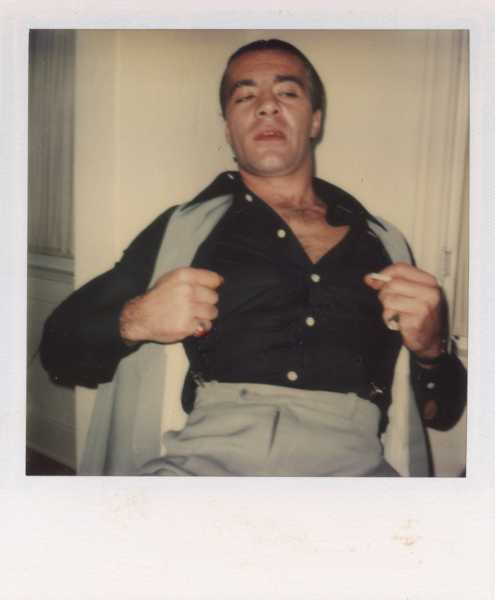
Tony Sirico.Photograph by Candy Clark

Teri Garr.Photograph by Candy Clark
As winsome as many of the photos are, others emanate a certain darkness, detectable only in hindsight: Roman Polanski, not yet a fugitive; O. J. Simpson, Clark’s co-star in the 1983 TV movie “Cocaine and Blue Eyes,” dancing with Nicole Brown at Clark’s birthday party. Clark had portraits of Teri Garr and Robin Williams, her castmates in the first episode of “Faerie Tale Theatre,” from 1982, in which Williams played the frog prince and Clark played the queen. Clark and Williams had a fling, while he was still married to his first wife and had a cocaine problem. (According to Clark, he called it “marching powder.”) Clark herself was drinking a lot at the time and later went to A.A. She remembers telling Williams that she’d gotten sober. He asked, earnestly, “Is it hard?”
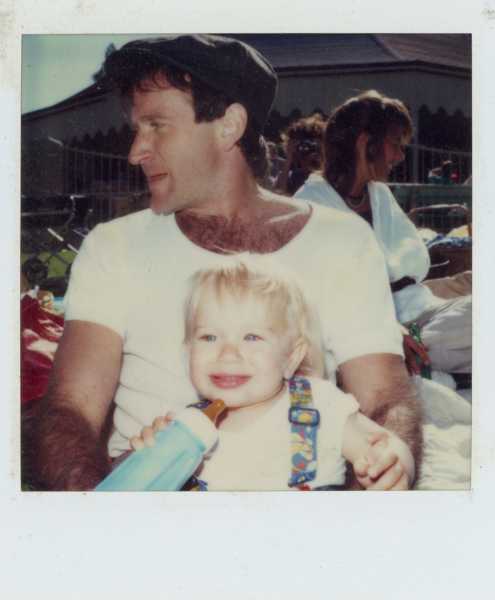
Robin Williams and his son, Zak.Photograph by Candy Clark
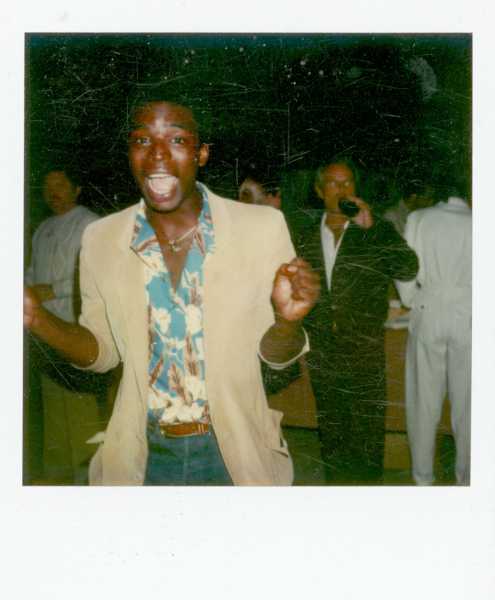
LeVar Burton.Photograph by Candy Clark
“You start out on equal footing, and then some go this way, some hit the skids, some blossom and become billionaires,” Clark reflected. She’s acted steadily in the intervening decades, in projects such as “Magnum, P.I.” and the 2017 revival of “Twin Peaks”; she moved to New Jersey in the late eighties and then returned to California in the two-thousands, long after the rambunctious New Hollywood of her youth had been enshrined in nostalgia. Not everyone she knew then became famous. One photo shows an antique dealer named Eddie Dodson, who had a store on Melrose Avenue. “After hours, he would lock the door, and you’d bring out the cocaine and the marijuana, and it was a real hangout place,” Clark recalled. Years later, Dodson went to prison for bank robbery, then got out and kept robbing banks. “In the meantime, he somehow got a job as a caretaker at Jack Nicholson’s property,” she said. “How’d that happen?”
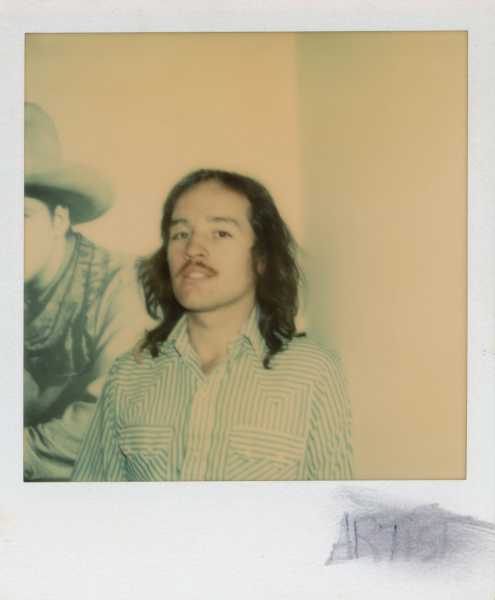
Eddie Dodson.Photograph by Candy Clark
She considered those days, loose and glamorous and a little dangerous, and sighed, “Somehow, as stoned as everyone was, we managed to get some great art out there.”
Sourse: newyorker.com


